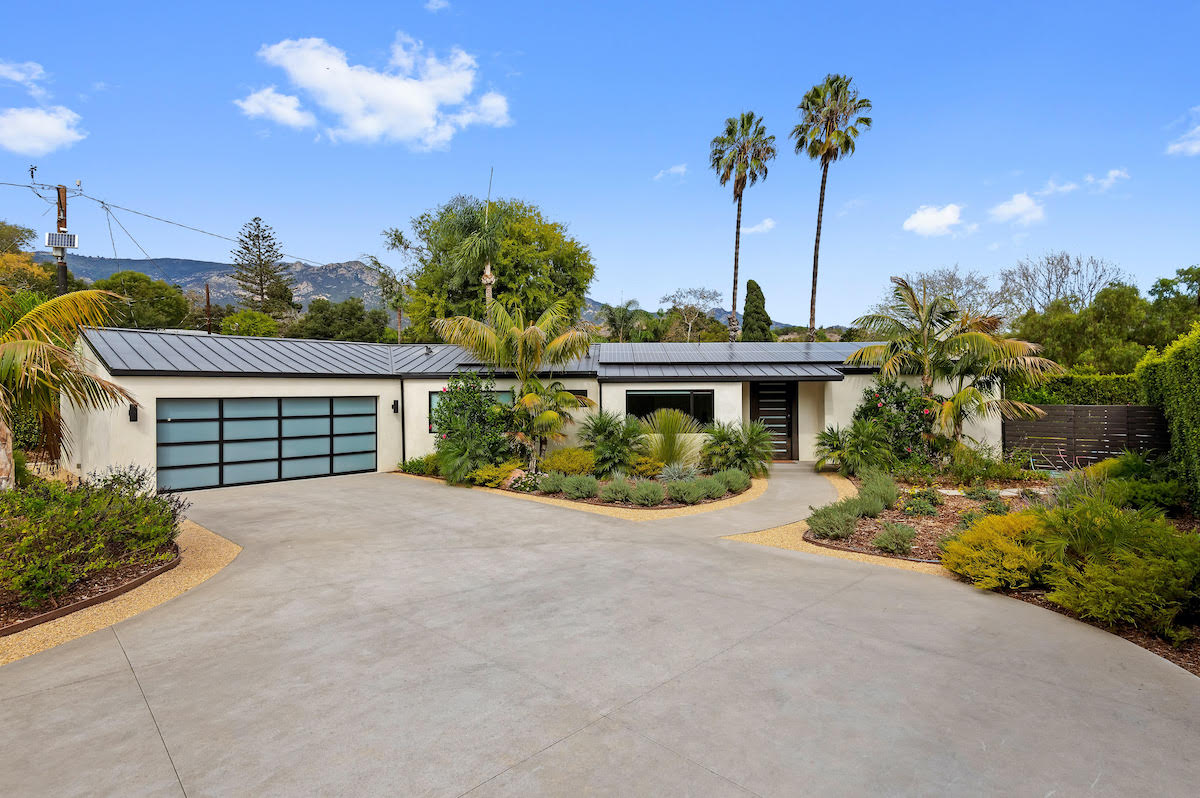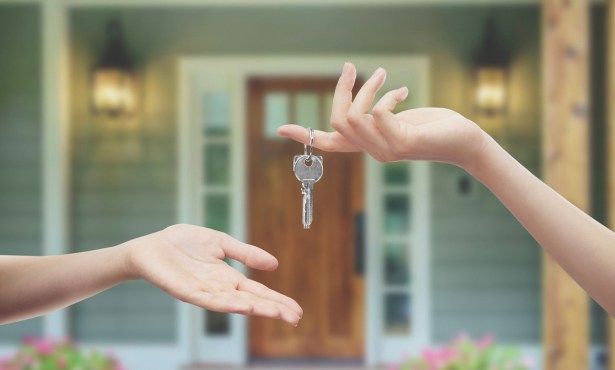Charmed by San Roque
Consistently Desirable San Roque Neighborhood

Q: Marsha, I recently moved to Santa Barbara, and my wife and I are looking to purchase a home in the city. The one area we keep going back to is San Roque. It is so charming and different from other locations. What can you tell us about San Roque?
A: You are right about San Roque; it’s a prized section of Santa Barbara and has a unique personality. While Hope Ranch and Montecito are recognized as enclaves for our wealthier denizens, San Roque has traditionally been more middle class and attainable.
When I first moved to Santa Barbara and visited friends in San Roque, I was charmed by all the pedestrians. I thought, “What a delightful place, everyone is casually walking on the streets!” Then it dawned on me: There were no sidewalks in San Roque. Today you will find more sidewalks but there are still many streets that lack this amenity.
San Roque was named in the 1700s by the Spanish that California’s Governor Portola sent out to explore the territory. These men camped by a waterway and called the creek San Roque Creek after Saint Roch, the patron saint of dogs and a variety of underdogs. Thus, the surrounding area was named.
The San Roque area as we know it began to emerge in 1917 when an enterprising and hard-working Scottish immigrant, Stephen Rutherford, purchased 123 acres of farmland along what was then Hollister Avenue between San Roque creek and Alamar Avenue. Rutherford arrived in Santa Barbara County in 1873 and had already made significant contributions to Goleta by 1917. He was 70 when he made the San Roque purchase. He successfully solicited Santa Barbara City to annex his tract.
His influence on Santa Barbara is indelible. Hollister Avenue was the main road into Santa Barbara and continued onto what is now De La Vina. State Street ended at Constance. He worked to lengthen State Street, and Hollister Avenue was turned into De La Vina. Go and look for the “Hollister Avenue” concrete slab at the corner of Constance and De La Vina.
Sign up for Indy Today to receive fresh news from Independent.com, in your inbox, every morning.
In 1923, Rutherford laid out his tract radiating out from Argonne Circle. He had lost a son in the World War I Battle of Argonne and named the center street to honor his son. Rutherford sold parcels to potential developers and homeowners. The owners were responsible for their own homes and construction. This helped to create the unique variety of houses. The San Roque community was established.
San Roque was not built in a day or even a year. It took decades to mature. By the 1940s, the San Roque development was only half full. The returning soldiers helped to spur a strong housing market. Most of the housing sites were completed between 1955 and 1965. Even into the late 1960s the San Roque area was considered rural.
Today, San Roque allows urban living with high walkability. San Roque’s original homes have morphed seamlessly into the enchanting houses you’ll find there now. The area is always evolving, and the desirability is consistent.
Purchase a home in the San Roque area and find out what the residents already know; it’s a wonderful place to live.
Information for this article came from an article by Tom Modugno in Edhat 7-22-2018 and from Walker A. Tompkins.
Marsha Gray has worked in Santa Barbara real estate for over 25 years. She works at Allyn & Associates, where she helps her clients buy and sell homes and with lending services. To read more of Marsha’s Q&A articles, visit MarshaGraySBhomes.com. Contact Marsha at (805) 252-7093 or MarshaGraySB@gmail.com.
Support the Santa Barbara Independent through a long-term or a single contribution.



